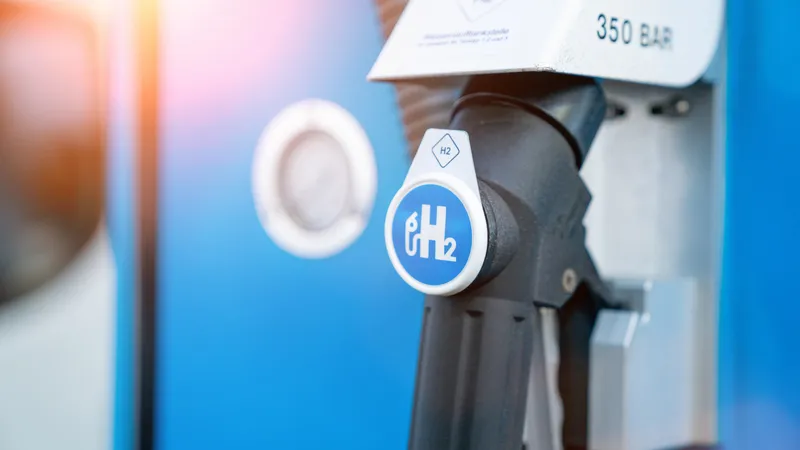An innovative project to demonstrate what a pan-European infrastructure and service provision for electric vehicles could look like will receive almost €5 million (US$7.1 million) in EU co-funding from the TEN-T budget. The project, which was presented under the 2010 TEN-T Annual Call, constitutes an essential first step towards a possible viable deployment of open-access infrastructure for electric vehicles across the EU over the next ten years.
April 17, 2012
Read time: 2 mins
An innovative project to demonstrate what a pan-European infrastructure and service provision for electric vehicles could look like will receive almost €5 million (US$7.1 million) in EU co-funding from the TEN-T budget. The project, which was presented under the 2010 TEN-T Annual Call, constitutes an essential first step towards a possible viable deployment of open-access infrastructure for electric vehicles across the EU over the next ten years.
The project will combine traditional road infrastructure, ITS services, and an original electric network infrastructure composed of battery charging stations, powered with renewable energy sources wherever possible, and groundbreaking fully-automated battery switching stations.
Three pilot projects will run in The Netherlands and Denmark, allowing for urban heavy use, long distance and intermodal-switch life-size tests. In Amsterdam, electric taxis will ensure their duty to and from the airport (urban context), while in Copenhagen and Aarhus, stations will be positioned next to highways and railways to enable long distance and intermodality trials.
In parallel, an extensive feasibility study addressing conditions for service concepts, infrastructure requirements and network planning, set the groundwork for the standardised mass deployment into the TEN-T network of these stations, allowing not only long distance travel, but also transport co-modality. As a result, it is being claimed that the project will significantly contribute towards more sustainable, economical and environmentally friendly transportation alternatives on the TEN-T network and the EU as a whole.
The project will run until December next year and involves Denmark, The Netherlands, Spain, Austria, Belgium and Luxembourg.
The project will combine traditional road infrastructure, ITS services, and an original electric network infrastructure composed of battery charging stations, powered with renewable energy sources wherever possible, and groundbreaking fully-automated battery switching stations.
Three pilot projects will run in The Netherlands and Denmark, allowing for urban heavy use, long distance and intermodal-switch life-size tests. In Amsterdam, electric taxis will ensure their duty to and from the airport (urban context), while in Copenhagen and Aarhus, stations will be positioned next to highways and railways to enable long distance and intermodality trials.
In parallel, an extensive feasibility study addressing conditions for service concepts, infrastructure requirements and network planning, set the groundwork for the standardised mass deployment into the TEN-T network of these stations, allowing not only long distance travel, but also transport co-modality. As a result, it is being claimed that the project will significantly contribute towards more sustainable, economical and environmentally friendly transportation alternatives on the TEN-T network and the EU as a whole.
The project will run until December next year and involves Denmark, The Netherlands, Spain, Austria, Belgium and Luxembourg.








